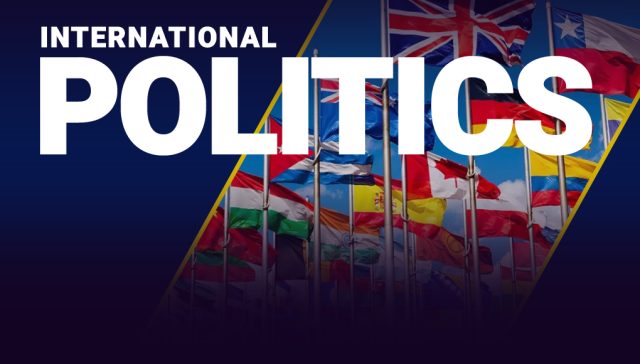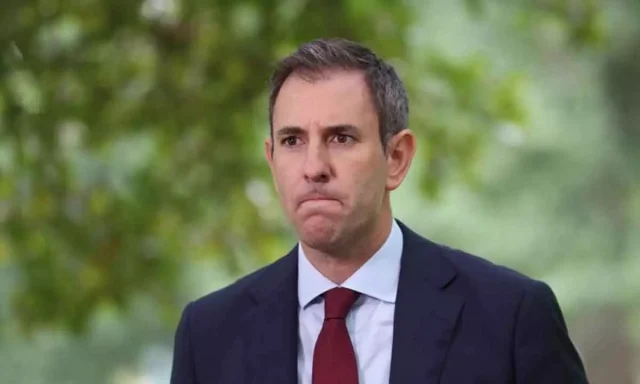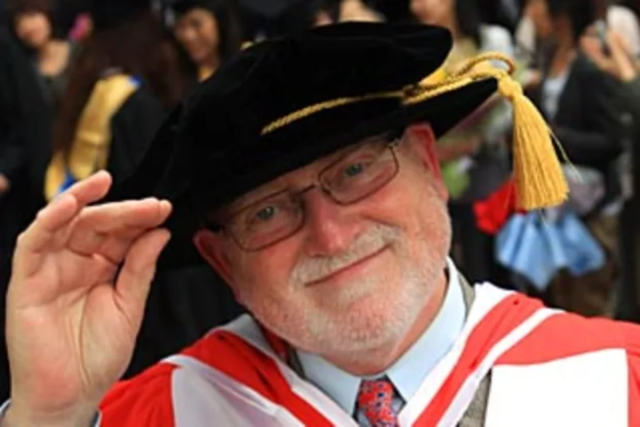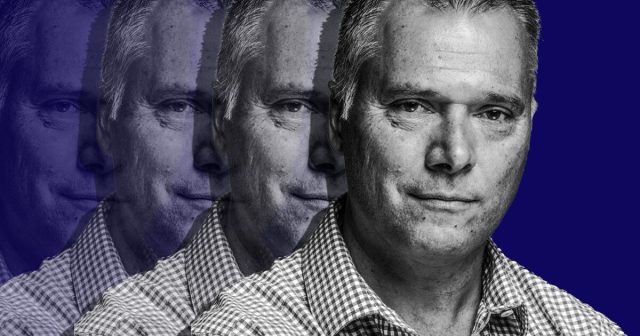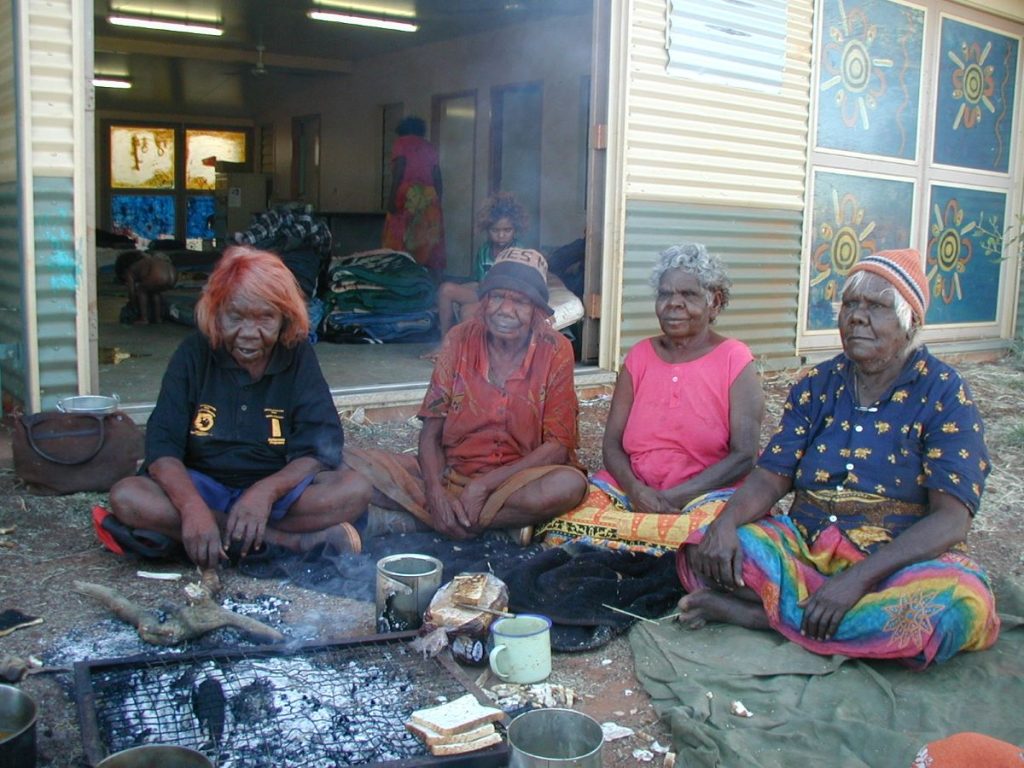The Covid Precursor Everybody Ignored
You May Be Shocked To Learn This
Imagine the Australian government weaponising an engineered health crisis to rob citizens of their freedoms and destroy businesses. Then imagine the public fully supporting the government’s grotesque overreach, parroting the government’s pseudoscientific propaganda and even pimping the dubious chemical cocktail disingenuously offered to solve the crisis by the same people who sponsored it.
You may be shocked to learn this did actually happen, several years before the Covid scamdemic. The health scare in question was the skin cancer epidemic supposedly caused by commercial sunbed operators.
You probably barely remember the crisis because, well, who really cares about sunbeds? The attitude of most Australians was that people who used sunbeds were narcissists. But the solarium ban seemed to open pandora’s box. Australia’s famous sense of humour soured. Australians started calling for more and more activities to be restricted and regulated. The government eagerly obliged, increasing its rate of law making by almost 30%.
Just as it was omitted that more than 90% of people who caught Covid had mild to no symptoms.
The propaganda formula for selling the solarium ban was an early prototype of the formula we saw employed for Covid. It also showcased the components used in the great climate scam and many of the other liberty-leeching cons being perpetrated by governments around the world.
Like Covid and climate change, the propaganda began with nonsensical, reality-bending lies. Suddenly, what people had known for millennia was said to be wrong. “Tanned skin is damaged skin”. “A tan does not protect from the sun”. Until this, a tan was known to be a natural adaptive process that protected skin from burning in the sun. Sun damaged skin was not golden brown; it was red and blistered.
Next came the hysterical fear-porn based on largely irrelevant, cherry-picked statistics. “Two of every three Australians are expected to develop skin cancer”. “More than 1,200 Australians will die of melanoma this year”. Conveniently omitted from the discussion was that only 0.5% of Australians used solariums. Obviously, 130,000 people using sunbeds cannot significantly contribute to 15,000,000 people developing cancer. So the relevant statistic was redacted, just as it was omitted that more than 90% of people who caught Covid had mild to no symptoms.
Then came the extraordinarily abnormal, non-representative case studies. With the solarium ban, one 26 year old girl died of melanoma. With no evidence, she claimed her cancer was caused by just 20 solarium visits. Over 1,200 other Australians died of melanoma that year, but none mentioned using a solarium. 130,000 other Australians used solariums without dying of melanoma. Yet this one girl was plastered all over the TV, internet, radio and newspapers as the obvious proof of the danger of solariums.
You probably barely remember the crisis because, well, who really cares about sunbeds?
Next was the absence of any genuine science. No study actually showed that solariums cause skin cancer or that skin cancer rates were higher in solarium users. No study showed that prohibiting commercial solarium businesses would reduce skin cancer. The Queensland legislation even acknowledged that the sun was the primary risk factor, and the sun was not being banned.
There is strong evidence that suggests a strong link between skin cancer and a dietary imbalance of essential fatty acids (EFA’s). The average Australian diet reflects this imbalance. It is also directly responsible for epidemic levels of heart disease and diabetes, costing billions of dollars in healthcare and lost productivity. Any serious discussion about public health, including skin cancer, could not ignore Australia’s nutrition. But, like Covid, there was no place for any discussion that contradicted the dominant narrative and predetermined course of action.
Finally, just like Covid, the solarium ban featured a product so awful it needed a government sponsored con to sell. Fake tan was the solarium ban’s equivalent of the Covid vaccine, and the climate con’s carbon credits. In virtually every story covering the solarium ban was the sales pitch for the ‘safe and effective’ fake tanning products that would ‘save lives’ from the dangers of sunshine and solariums. It was as blatant as it was shameless.
Now that almost a decade has passed, we can fairly assess the government’s success in reducing skin cancer by banning solariums. More Australians are now diagnosed with skin cancer than before, the rate of skin cancer has increased, and more die of melanoma. In other words, the government failed as dismally as basic logic and math predicted. The forcible closing of over 400 small businesses, the dozens of prosecutions, the thousands of hours and tens of millions of dollars spent on propaganda and legislation all achieved absolutely nothing. Nothing except the pointless erosion of freedoms of citizens.

Damon is the founder of the National Recomposition Institute and creator and founder of the Recomposer software system. He was also formerly the Australian Ambassador to the International Society of Sports Nutrition, president of the World Powerlifting Congress Australia and an Australian Champion in Bodybuilding and Powerlifting.










